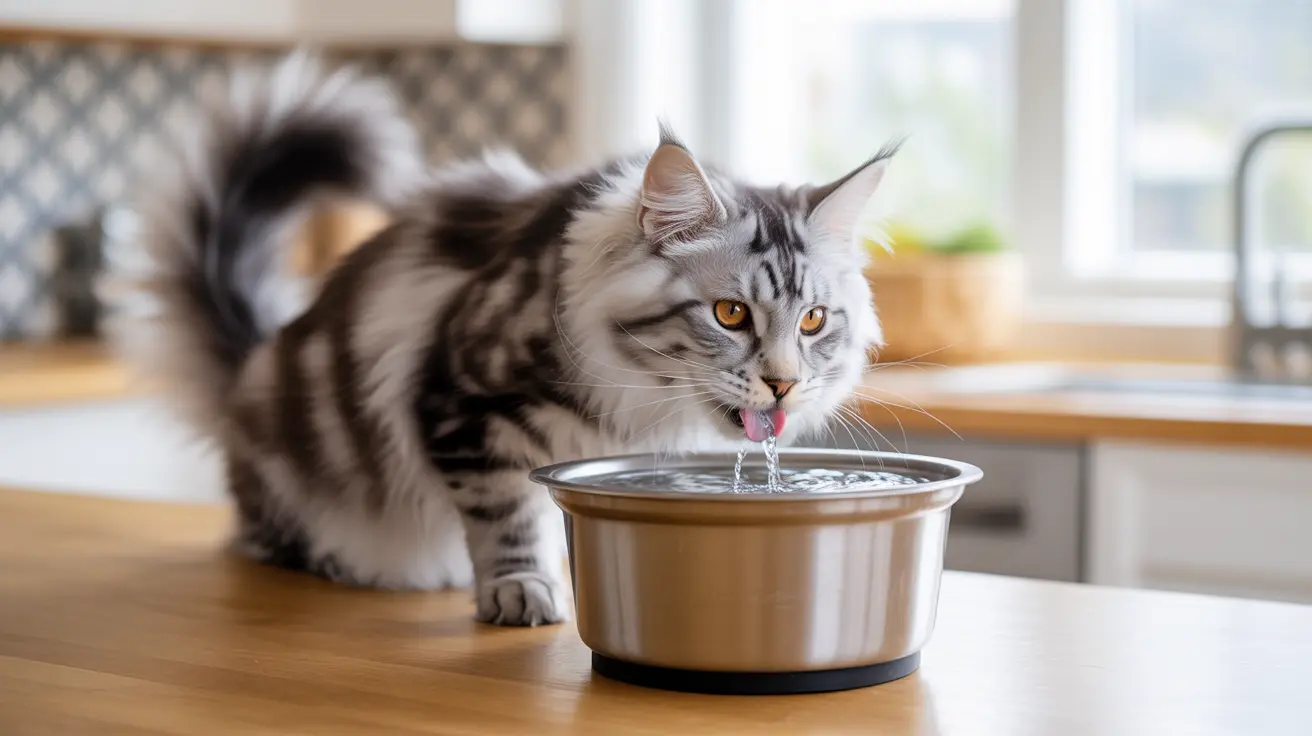Essential Materials for Your DIY Pet Fountain
Before starting your project, gather these fundamental components:
- A submersible water pump (aquarium pumps work well)
- Food-safe container or bowl (ceramic, glass, or stainless steel)
- Water filter material (activated carbon and foam)
- Food-grade tubing
- Optional decorative elements (smooth stones, ceramic pieces)
- Basic tools (scissors, silicone sealant)
Designing Your Pet Fountain
The design phase is crucial for creating a fountain that's both functional and appealing to your pet. Consider these key factors:
Choosing the Right Container
Select a container that's:
- Deep enough to keep the pump fully submerged
- Stable and heavy enough to prevent tipping
- Easy to clean and maintain
- Large enough to hold sufficient water for your pet's needs
Pump Selection and Installation
Choose a pump that's:
- Quiet in operation
- Appropriate for your container size
- Energy-efficient
- Equipped with adjustable flow settings
Safety and Maintenance Considerations
Maintaining your DIY pet fountain is essential for your pet's health and the fountain's longevity:
- Clean the fountain thoroughly every 1-2 weeks
- Replace filter materials monthly
- Check the pump for debris regularly
- Monitor water levels daily
- Use pet-safe cleaning products only
Benefits of Your DIY Creation
A properly constructed DIY pet fountain offers numerous advantages:
- Encourages increased water consumption
- Provides filtered, oxygenated water
- Reduces bacterial growth compared to standing water
- Saves money compared to commercial fountains
- Allows for customization to match your home's décor
Frequently Asked Questions
How can I build a safe and effective DIY pet water fountain at home?
Start with a food-safe container, install a reliable submersible pump, and add appropriate filtration materials. Ensure all components are securely assembled and use pet-safe materials throughout the construction process.
What are the health benefits of using a water fountain for my cat?
Water fountains encourage increased hydration, which helps prevent urinary tract issues, kidney problems, and other health concerns. The moving water also stays fresher and more oxygenated than standing water.
Why do cats prefer drinking running water from a fountain instead of still bowls?
Cats instinctively prefer moving water as it's typically safer and fresher in nature. The movement and sound also make the water more appealing and easier for cats to detect.
How do I maintain and clean a DIY cat water fountain to keep it hygienic?
Clean the fountain weekly with pet-safe cleaners, replace filters monthly, and check the pump regularly for debris. Daily water level monitoring and complete water changes every few days are also essential.
What materials and pumps work best for creating a durable DIY pet fountain?
Use food-grade materials like ceramic, glass, or stainless steel containers, coupled with a reliable aquarium pump. Choose filters designed for pet fountains and ensure all components are sturdy and securely assembled.
Conclusion
Creating a DIY pet fountain is a practical and rewarding project that can significantly improve your pet's hydration habits. With proper planning, maintenance, and attention to safety, your custom fountain can provide years of reliable service while keeping your pet healthy and happy.






